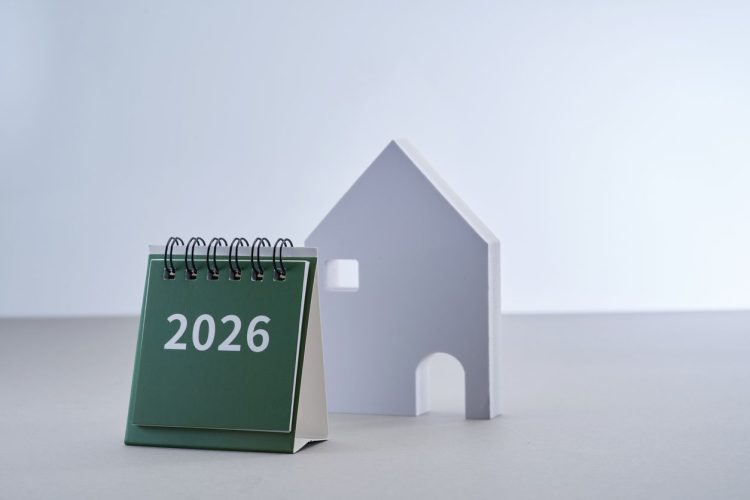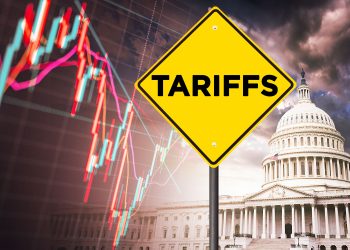As we move through the final months of 2025 and look toward 2026, the residential real estate industry stands on the edge of meaningful renewal. After years of navigating economic headwinds, rate shocks and structural shifts, signs of balance and optimism are reemerging across the housing landscape.
The past few years have tested our industry’s resilience like few others. Rising interest rates cooled activity, inventory shortages frustrated buyers and affordability challenges forced both consumers and professionals to adapt. Yet, even in that environment, the core of real estate never changed: people still want homes, stability and the promise of ownership: It’s the American Dream, and now, conditions are beginning to turn in their favor.
Signs of a healthier market
Throughout 2025, market indicators have shown gradual but encouraging improvement. Mortgage rates, while not returning to their record lows, are settling into a more predictable range. This stability has given both buyers and sellers renewed confidence to act. Across many regions, inventory is increasing as homeowners who delayed moving are finally listing, and builders have resumed a steady pace of new construction to meet demand.
Price growth has normalized, moving away from the unsustainable spikes of the pandemic era and toward a healthier, more measured rate of appreciation. This recalibration benefits everyone: buyers can plan with greater certainty, and sellers can transact without the fear of overcorrection.
In short, the market is beginning to feel familiar again—grounded in fundamentals rather than fueled by extremes.
A return to professionalism and trust
Equally important is the cultural shift happening within the industry itself. Real estate professionals are responding to a new era of expectations. Consumers are more informed, more cautious and more value-driven. They are asking sharper questions and expecting higher standards of communication and service.
That’s a good thing for the profession. It’s pushing agents, brokers and industry organizations to elevate their practices, strengthen their ethics and reemphasize the expertise that will set professionals apart. We’re seeing renewed investment in education, mentorship and leadership development—critical ingredients for rebuilding consumer trust and sustaining long-term success.
This renewed focus on professionalism isn’t just a reaction to change; it’s the foundation of the industry’s next evolution.
Technology that enhances, not replaces
Technology continues to play an essential role in that evolution—but with a more thoughtful purpose. The early waves of digital disruption aimed to disintermediate agents. The next wave is doing the opposite: empowering them.
Artificial intelligence, predictive analytics and automation are transforming how agents manage data, anticipate market trends and serve clients. Brokerages are leveraging technology to streamline operations, deliver personalized insights and free up more time for what matters most—building human relationships.
The technology story in 2026 won’t be about replacing professionals; it will be about amplifying them.
What lies ahead
Looking forward, the outlook for 2026 is one of cautious optimism. Economic growth remains steady, household formation is strong and consumer sentiment toward homeownership is beginning to improve. Even with persistent affordability challenges, the aspiration to own a home endures across every generation.
We are also witnessing greater collaboration across the ecosystem. MLSs, associations, technology providers and brokerage leaders are finding common ground on transparency, data standards and the consumer experience. There’s still much to do, however, these partnerships are setting the stage for a more efficient, unified marketplace—one that better reflects how consumers buy, sell and live today.
A reenergized industry
What makes this moment unique is that the optimism is grounded, not speculative. The industry has learned from the past several years—how to operate leaner, communicate clearer and serve smarter. We’ve become more adaptive, more transparent and more client-centered.
The challenges of the last cycle have prepared us for what’s next: a more stable, connected and trusted real estate environment.
As we enter 2026, it’s not just the market that’s improving—it’s the mindset of the professionals who drive it. Real estate is returning to its roots: helping people build better lives through homeownership, supported by an industry that’s evolving with purpose and pride.
The next chapter is here. And for those ready to embrace it, the future of residential real estate looks brighter than it has in years.
For more information, visit https://www.jpar.com/.











